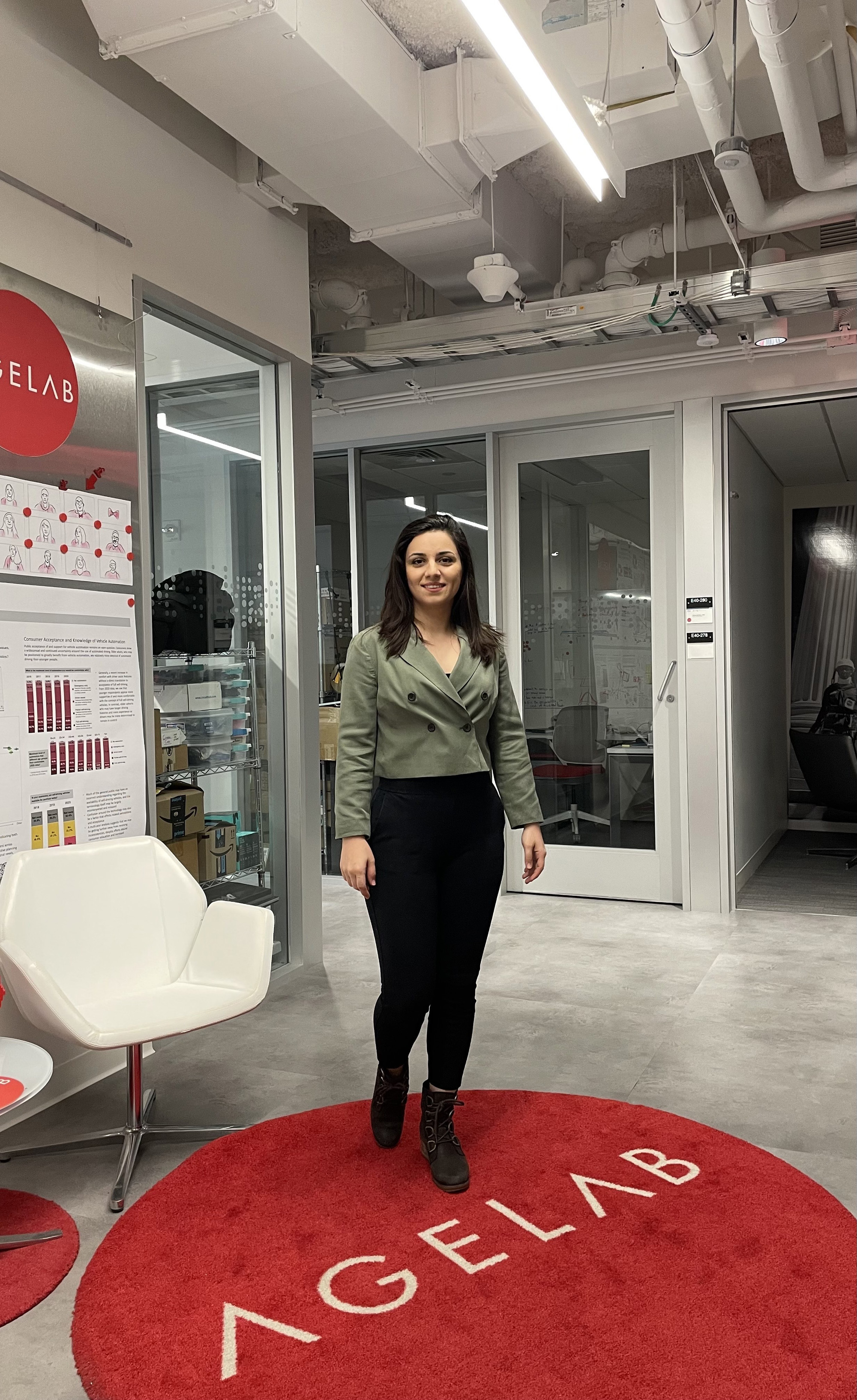Some principles for designing age-friendly homes
by Maryam “Shabnam” FakhrHosseini
Surveys of older Americans have repeatedly uncovered that most older adults want to age in place— that is, to remain in their current homes for as long as possible. As the population of older people continues to increase, the number of agers-in-place will also rise accordingly. While some older residents may be able to remain in their homes indefinitely, as they hope, others may have to relocate to new housing to accommodate new limitations and meet new needs.
How well is our housing stock designed to meet the needs of this rising population of older adults? And how well do designers and researchers understand these needs?
In a series of in-home interviews and an intergenerational workshop, Susy Torte, an MIT IDM graduate student and AgeLab associate, investigated how older adults live and move within their homes, as well as what their emotional and functional expectations of their homes are.
The intended outcome of this work was a set of principles and recommendations that design professionals can use when designing home environments or home-related products. These principles and recommendations are meant to serve as a guide to approach a project with the right mindset– a mindset that augments empathy and understanding for older adults, and that challenges the preconceptions of what a home is and what it should do for us as we age.
In particular, these insights may be helpful in designing housing for older adults who are no longer able to age in place, but still desire a home environment that is humane, comfortable, safe, and self-actualizing.
- Identity: Residents look for their home to reflect their identity, including their personal history, their memories, their family dynamics, and their aesthetic preferences.
- Safety: A home is a safe and familiar place—both physically and emotionally. A home compensates for the loss of senses such as hearing, vision, and balance as well as other aging related changes—it is the place where we should feel most skilled, capable, and sheltered from danger.
- Duality: a home should have a dual relationship with its residents: it should both give and take. A home that only takes—demanding constant work, care, and maintenance—can exhaust its residents and fail to provide comfort. A home that only gives—requiring no input of energy from the person who resides in it—becomes unfamiliar and alienating. A home should offer its residents feedback that enhances their sense of purpose.
- Connection: A home should facilitate and enhance connections: Connections between residents, connections between residents and their community, connections between residents and the outside natural world.
- Control: A home should provide its residents the sense that they are in control, and that they can be independent. A home should be easily managed, and everything should work as expected.
- Comfort: A home should give more energy that it takes. A home is efficient. A home is multifunctional. When needed, assistance is personal and reachable.
These principles are both practical and emotional. In some cases, the practical and emotional elements are intertwined, such as the need for the home to feel comfortable. Keeping them in view should help designers in imagining humane and desirable dwellings and technologies for an aging population.

